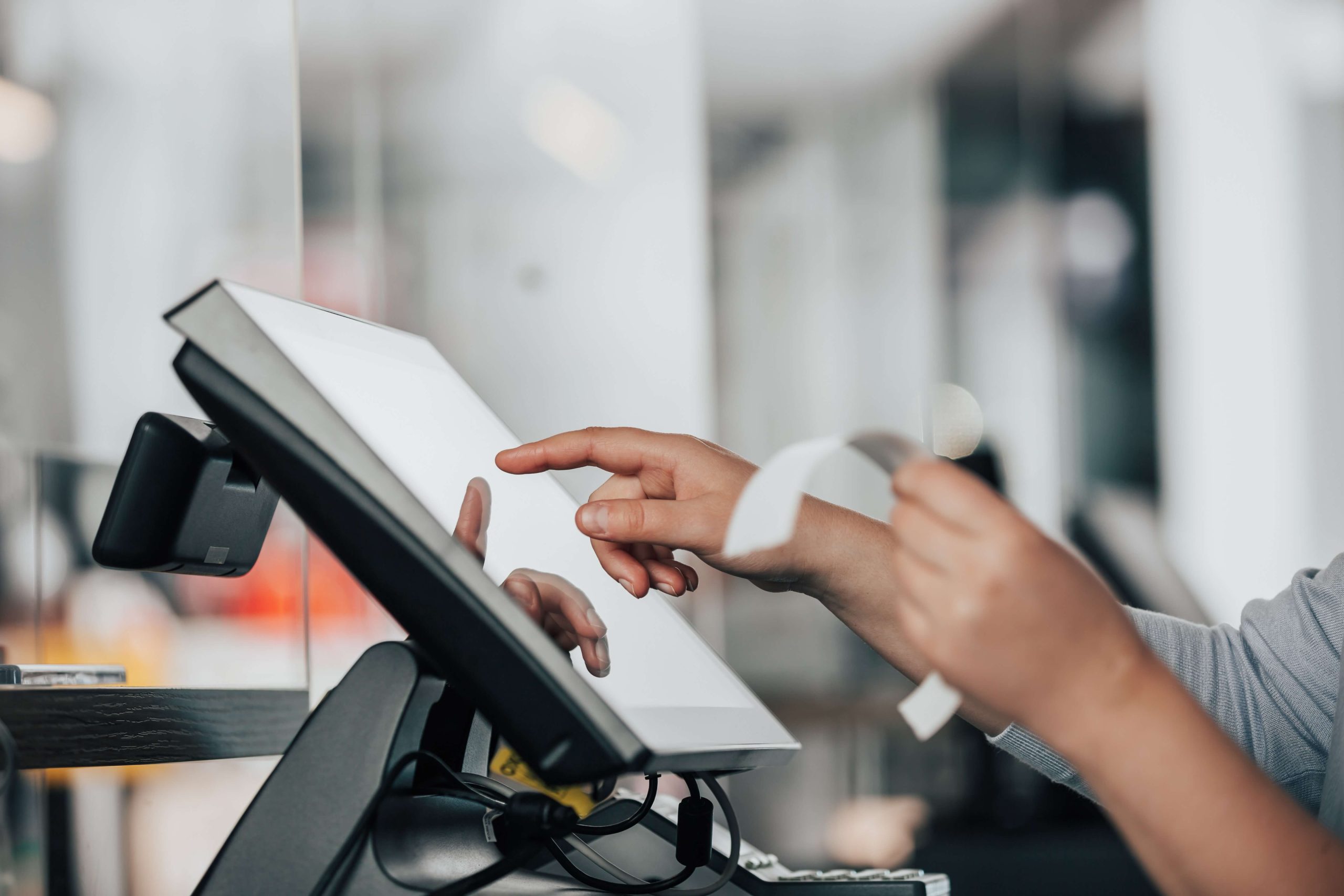Frictionless shopping aims to remove unnecessary steps in the buying process, leveraging technology to create a seamless flow from product discovery to purchase.
In the quest to deliver a frictionless shopping experience, retailers are increasingly turning to innovative solutions designed to streamline the customer journey. This approach not only enhances customer satisfaction but also increases conversion rates and drives sales by making shopping as effortless as possible.
However, the road to implementing these frictionless retail solutions is often paved with challenges. From technological integration to customer adaptation, retailers must navigate a series of obstacles to realize the full potential of a seamless shopping environment.
Technological Integration Challenges

Creating a frictionless shopping experience comes with its fair share of challenges, particularly when it involves weaving technology into the fabric of existing retail environments. At the forefront of these hurdles is the necessity for infrastructure upgrades. The adoption of cutting-edge technology isn’t just a simple plug-and-play affair; it often demands comprehensive enhancements to existing systems. These upgrades can be both costly and time-consuming, requiring a significant investment of resources.
Compounding the complexity of technological integration are compatibility issues. Ensuring that new technologies not only coexist but also operate seamlessly with legacy systems is a daunting task. This challenge is especially pronounced in environments with older infrastructures, where the gap between the old and the new can be vast.
Moreover, the drive towards a more digital shopping realm significantly amplifies the need for stringent security measures. As retailers collect and analyze an ever-increasing volume of customer data, the imperative to protect this information becomes critical.
Customer Adaptation and Trust to Secure a Frictionless Shopping Experience
A pivotal hurdle in the journey towards a frictionless shopping experience is persuading customers to welcome new shopping technologies and methodologies. At the heart of this challenge lies the need to foster trust. Customers must feel confident that these innovations will not only protect their personal information but also significantly improve their overall shopping experience. Achieving this trust is no small feat and requires a multifaceted approach.
Firstly, the technologies introduced must be inherently intuitive and user-friendly. The design and functionality should be such that people from various demographic backgrounds can easily navigate and utilize these systems without feeling overwhelmed. This universal ease of use is essential for encouraging the widespread adoption of new technologies.
Furthermore, beyond just providing these technologies, retailers must invest in comprehensive customer support and educational initiatives. It’s imperative to guide customers through learning how to effectively use these new tools. This support could take various forms, from in-store assistance to online tutorials, ensuring that customers feel supported at every step of their shopping journey.
Overcoming Operational Hurdles

Empowering Employees for a Frictionless Future
A pivotal aspect of transitioning to a frictionless shopping experience lies in the effective management and training of staff. Employees are the backbone of any retail operation, interacting with customers daily and ensuring the smooth execution of store policies and technologies. As retailers move toward more seamless shopping experiences, the role of these employees evolves, necessitating a period of adjustment and learning.
Where once the focus may have been on managing checkout points, the emphasis now moves towards enhancing customer interactions, managing inventory more dynamically, and overseeing the seamless operation of the store’s technology-driven services.
During the initial adjustment period, it’s crucial that retailers provide the necessary support and training to help employees adapt to their new roles. This includes not only retraining staff on specific tasks but also fostering an understanding of the broader vision of a frictionless shopping experience and how each employee contributes to this goal.
Focus on the Customer Experience Journey
When embarking on the quest to create a frictionless shopping experience, it’s essential to design the shopping experience with a deep understanding of the customer journey at its core. This approach ensures that every touchpoint is intuitive, satisfying, and, above all, seamless. However, achieving a truly frictionless retail environment is a nuanced process, with each retailer facing unique challenges and opportunities based on their specific customer base and operational context.
The implementation of frictionless solutions necessitates a thorough examination of the customer’s journey, from entry to exit. Retailers must ask critical questions: How will the proposed changes affect the customer experience? Are there potential obstacles that could disrupt the smooth flow of shopping? It’s somewhat ironic that the path to a frictionless shopping experience is itself fraught with potential friction points. Identifying and addressing these from the customer’s perspective is crucial in preempting issues and ensuring a genuinely streamlined shopping experience.
Educate Customers to Secure a Frictionless Shopping Experience

The transition to a frictionless shopping experience often involves introducing customers to novel technologies—such as smart scales and smart carts—that, while designed to enhance convenience, they may initially be met with confusion. This reality underscores the importance of customer education and support. Retail staff play a pivotal role in this regard, as they must be equipped not only with the knowledge of how these technologies work but also with the skills to communicate their benefits effectively and reassure customers.
Educating the customer base about the changes and how to navigate the new shopping environment is imperative. Demonstrating patience and providing clear, accessible instructions can significantly ease the transition, helping customers overcome any initial reluctance. Remember, customer adoption is the linchpin of success for any innovation in retail. As such, retailers must ensure that the shift towards frictionless solutions is as smooth and welcoming as possible for their customers.
Start Small and Embrace a Hybrid Approach
Embarking on the journey toward implementing frictionless retail solutions begins with a strategic, measured approach. Pilot programs are an invaluable first step, allowing retailers to introduce new technologies on a smaller scale to test their effectiveness and gather essential customer feedback. This cautious approach not only mitigates risk but also provides a wealth of data to inform a more comprehensive rollout.
A crucial aspect of these initial phases is the adoption of a hybrid approach that offers customers the best of both worlds. By providing a choice between innovative frictionless self-checkout options and the familiar traditional checkout experience, retailers can cater to a diverse customer base with varying levels of comfort and familiarity with new technologies. This flexibility is especially important early in the transition process, as it acknowledges that frictionless solutions, while revolutionary, may not suit every retail environment or customer preference immediately.
Prioritize Consumer Privacy and Security

The deployment of advanced technologies to create a streamlined shopping journey presents a multifaceted data security challenge. Retailers must navigate the delicate balance between leveraging customer data for enhanced shopping experiences and ensuring the utmost privacy and protection of that data.
Protecting consumer privacy involves more than just securing transactions; it requires a comprehensive approach to data management, including how data is collected, stored, and utilized. Retailers must adopt end-to-end encryption for data in transit and at rest, employ advanced cybersecurity protocols, and continuously monitor systems for potential breaches. Additionally, transparency with customers about how their data is being used and giving them control over their information is paramount in fostering trust.
In prioritizing consumer privacy and security, retailers not only protect their customers but also reinforce their brand’s reputation as a trusted and responsible entity in the digital age. This commitment to security is a crucial component of the frictionless shopping experience, ensuring that customers can enjoy the convenience and personalization of modern retail without compromising their privacy or safety.
Ready to transform your retail environment into a frictionless shopping experience? Contact Shekel now to learn more and unlock the full potential of your retail business.




